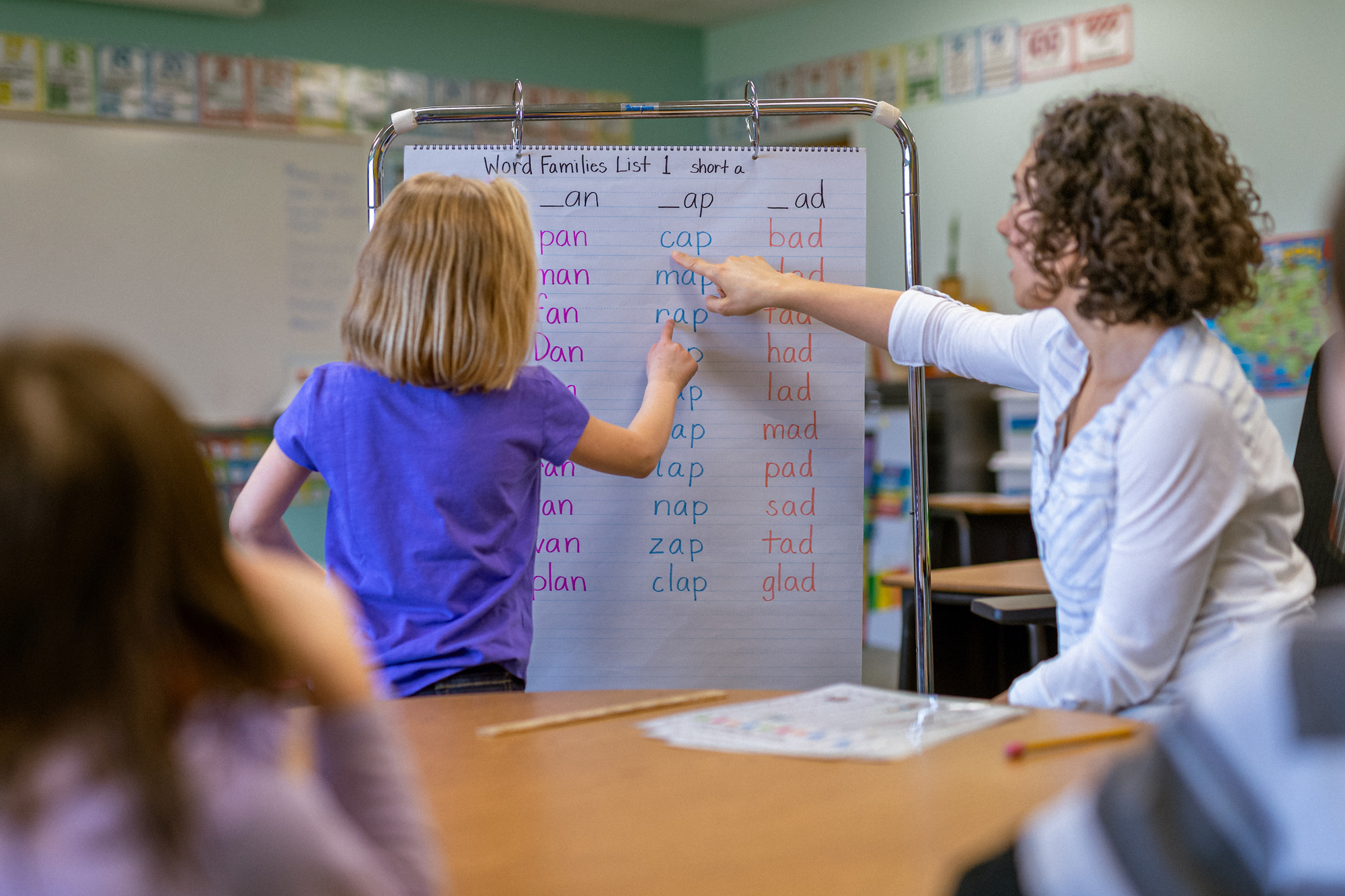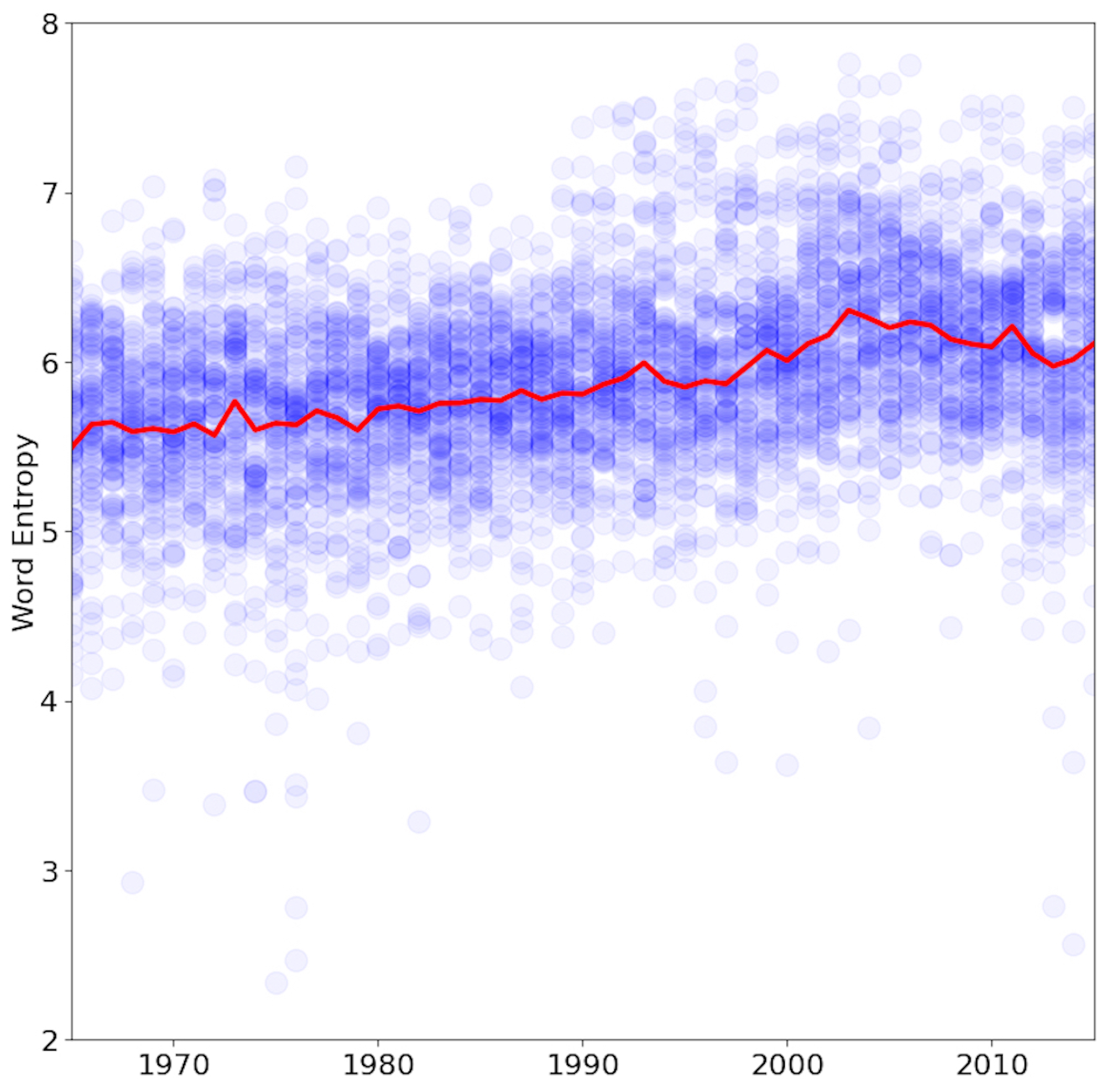Julie Blakey
A call for consumer-centric reforms
The Australian grocery landscape is painted in familiar colours, the red and white of Coles and the green of Woolworths, jointly wielding a staggering two-thirds of the market share. While stability might seem inherent to such dominance, concerns simmer beneath the surface, raising questions about the impact on competition, pricing, and the very spirit of innovation within the sector.
Recent years have seen Australian wallets strained like never before. Soaring interest rates and living costs have triggered a fundamental shift in consumer behaviour, with individuals becoming laser-focused on price and seeking every avenue to stretch their grocery budgets. In this climate of financial stress, the potential for inflated prices due to the duopoly becomes a particularly sensitive issue.
Allegations against Coles and Woolworths suggest prices may be rising faster than wholesale costs, placing a disproportionate burden on household budgets, especially for those already struggling to make ends meet. This price discrepancy raises serious questions about the true cost of convenience in a duopoly-dominated market.
"Allegations against Coles and Woolworths suggest prices may be rising faster than wholesale costs, placing a disproportionate burden on household budgets, especially for those already struggling to make ends meet. This price discrepancy raises serious questions about the true cost of convenience in a duopoly-dominated market.."

Beyond the immediate concern of pricing, the lack of competition presents another long-term worry, the stifling of innovation. The almost forgotten Bi-Lo as an emerging brand in 1983, was the first grocery retailer in the country to bring scanning technology to checkouts, changing the way we shop forever. Without the pressure of competitors vying for market share, Coles and Woolworths may have less incentive to invest in new technologies, product offerings, and overall shopping experiences. This lack of dynamism could leave Australian consumers lagging behind their global counterparts in terms of grocery innovation and convenience.
Addressing these concerns requires a multi-faceted approach that prioritises both competition and consumer well-being. There are various avenues for government intervention to foster a more competitive and consumer-friendly grocery market.
Lowering the entry barrier and welcoming new players
- Streamlining regulations and reducing red tape: simplifying licensing processes, zoning restrictions, and tax burdens can create a more welcoming environment for new entrants, encouraging them to challenge the established players.
- Facilitating mergers and acquisitions: encouraging consolidation among smaller players can create a more diversified market landscape, offering consumers a wider range of choices and potentially increasing competition.
- Investing in infrastructure: supporting the development of essential infrastructure, such as cold storage facilities, can address logistical hurdles faced by new entrants, leveling the playing field.
Transparency: shining a light on pricing and practices
- Mandating increased data disclosure: requiring Coles and Woolworths to disclose more detailed information on pricing, profits, and executive compensation can enhance market transparency and hold them accountable to fair practices.
- Empowering the ACCC: granting the Australian Competition and Consumer Commission (ACCC) greater authority to investigate and prosecute anti-competitive practices, including heftier fines and penalties, can deter unfair business tactics.
- Establishing an independent price commission: as proposed by former ACCC chair Allan Fels, an independent body dedicated to monitoring and regulating grocery prices could help prevent price gouging and ensure fair competition.

Empowering choice and knowledge
- Promoting unit pricing: encouraging the widespread adoption of unit pricing makes it easier for consumers to compare prices across different products and brands, empowering informed purchasing decisions.
- Supporting alternative retailers: providing financial assistance, support and access to resources can help independent grocers, online retailers, and farmers’ markets flourish, offering consumers valuable alternatives to the dominant players.
- Investing in consumer education: launching public awareness campaigns and providing educational resources can equip consumers with the knowledge and skills to shop strategically, compare prices effectively, and manage their grocery budgets efficiently.
The ongoing duopoly debate underscores a critical juncture for the Australian grocery sector. With consumer welfare paramount, the call for reform echoes the need for a balanced and competitive landscape. By prioritising transparency, fostering innovation, and empowering consumers, government intervention can pave the way for a future where the grip of the duopoly loosens, and Australian grocery shelves brim with variety, affordability, and genuine choice.
Author
 Graeme Hughes is a highly respected commentator, academic and businessperson, known for his insightful perspectives on various topics such as business, strategy, innovation, leadership, and consumer insights. With an extensive background in entrepreneurship, investment, and business advisory, Graeme has made a significant impact on the Australian business landscape.
Graeme Hughes is a highly respected commentator, academic and businessperson, known for his insightful perspectives on various topics such as business, strategy, innovation, leadership, and consumer insights. With an extensive background in entrepreneurship, investment, and business advisory, Graeme has made a significant impact on the Australian business landscape.
As the Director of the Co-Design Lab at Griffith University, Graeme spearheads an experiential learning space that fosters collaboration among students, academics, and industry partners. Graeme has implemented transformative pedagogical approaches, such as collaborative problem-solving workshops and interdisciplinary design challenges, significantly boosting student engagement and employability. His dedication to educational innovation was acknowledged in 2023 when Graeme was named one of Australia’s top 50 teachers – a testament to his commitment to inspiring the next generation.
You might also like

A mathematical exploration of Taylor Swift’s music
A mathematical analysis of Taylor Swift’s music over time reveals an evolving lyrical diversity that reflects shifts in songwriting collaborations and highlights the intriguing intersections between mathematics and pop culture says mathematician Dr Nathan Garland.

Combatting the vaping epidemic
Vaping has become synonymous with chic designs and diverse flavours conceals a hazardous reality. That it contains 200 chemicals, including arsenic and acrolein. Young adults, enticed by vaping, face a public health crisis with nicotine dependency. Vaping-specific cessation programs fall short, prompting Griffith University researchers to co-design a tailored program.

The escalating human toll of extreme heat
Global heatwaves are causing severe human suffering, with vulnerable populations facing escalating risks. Urgent questions arise about mobility, decent work, health access, homelessness, mental health, and essential services during extreme heat says Professor Susan Harris Rimmer.










 Dr Nathan Garland
Dr Nathan Garland








 Dr Margaret Cook
Dr Margaret Cook





 Professor Susan Harris Rimmer
Professor Susan Harris Rimmer
